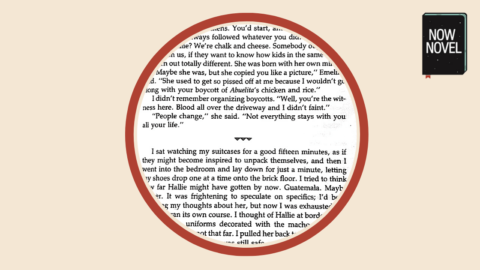Understanding how to organize story scenes will help you to draft scenes with an underlying sense of purpose and focus. Learn how to use Now Novel’s Scene Builder to create your own scene structure template that is flexible and custom-made for your story:









